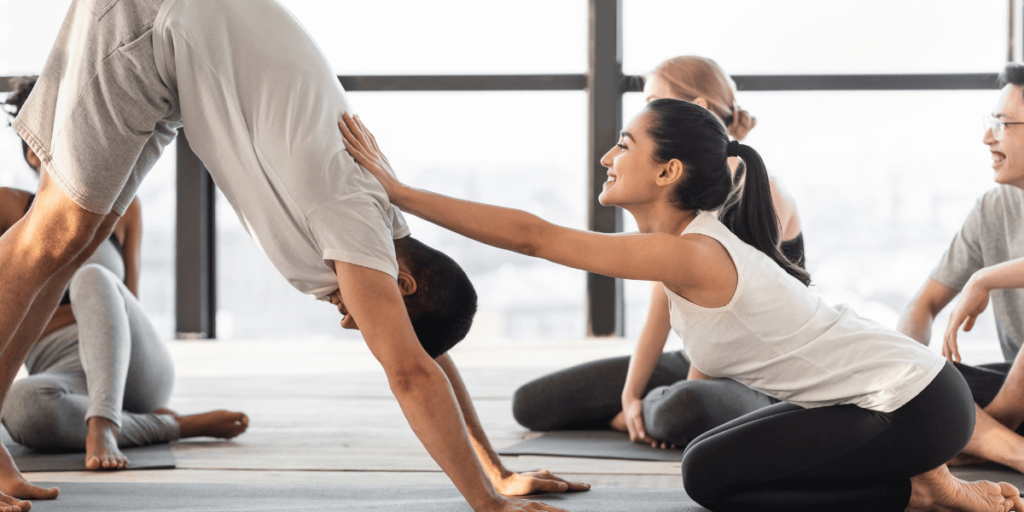In this world full of uncertainty, going through stuff that we can’t express, and stress all over the place. Yoga is one call away!
Yoga, in particular, is one of the most powerful stress relievers since it delivers a sense of peace and mental well-being. If you’re new to yoga, you might be unsure how to safely and successfully perform all of the positions. And, if you don’t want to try asanas without having access to a teacher, here are five simple yoga poses to get you started.
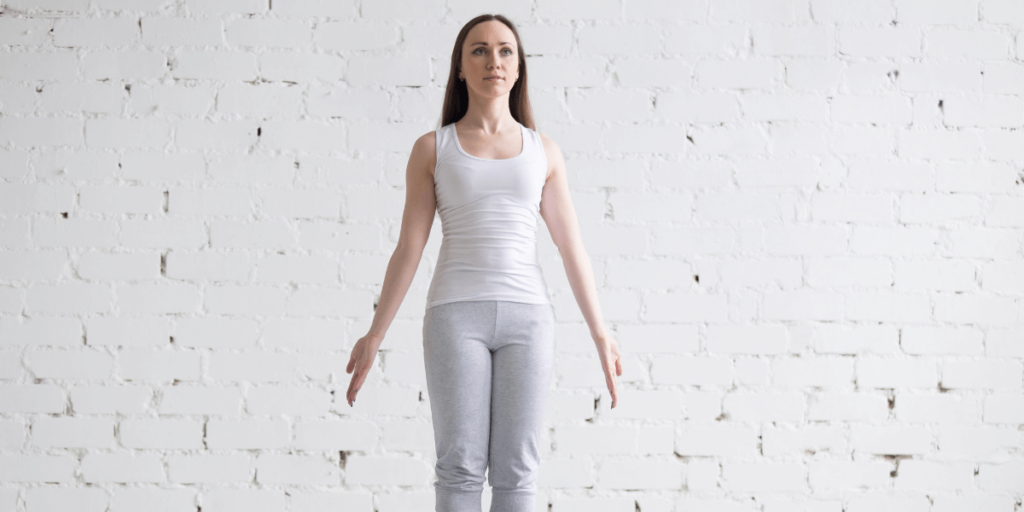
Mountain Pose (Tadasana)
Mountain Pose, also known as Tadasana, is a great place to start for beginners and is accessible to most able-bodied yoga students. This pose will reveal if you have any shoulder imbalances and will give you hints as to what you should work on.
Steps:
- Feel your feet on the floor and the sensations in your legs and back by standing still with your chest open and wide and your hands at your sides.
- Examine your posture in the mirror if you have an available mirror.
Note: If you’re having trouble staying solid in this stance, consider widening your feet. You can also practice the asana against a wall for added support and to ensure that your spine is properly aligned.
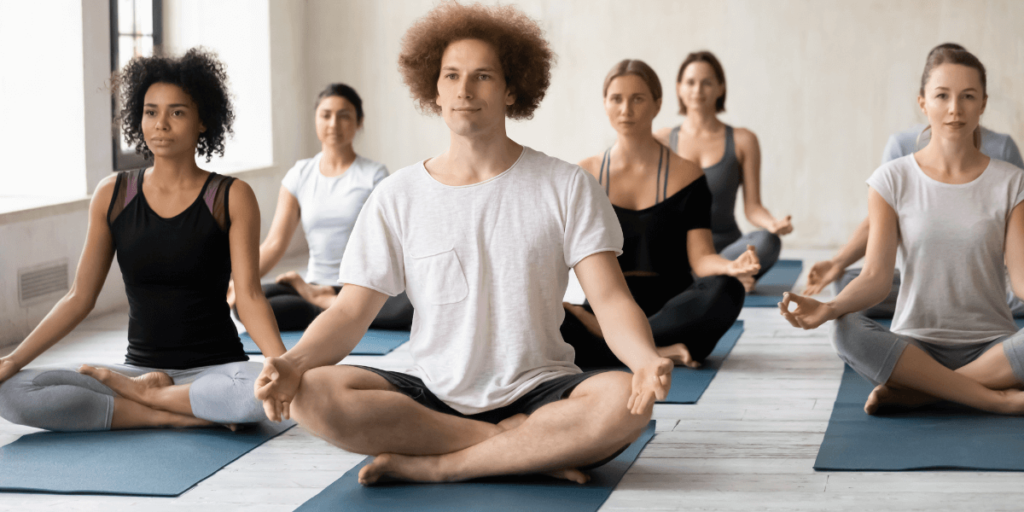
Easy Pose (Sukhasana)
Sitting on the floor provides an excellent opportunity to see and feel the external rotation of the legs. The easy pose is an excellent assessment pose for beginners. It helps relieve tension by increasing back flexibility.
Steps:
- Place your hands on your knees, palms up, and sit cross-legged on a yoga mat. Maintain as much straightness in your spine as possible.
- Push your “sit bones,” or the bones on which you’re sitting, into the floor.
- Then close your eyes and take a deep breath in.
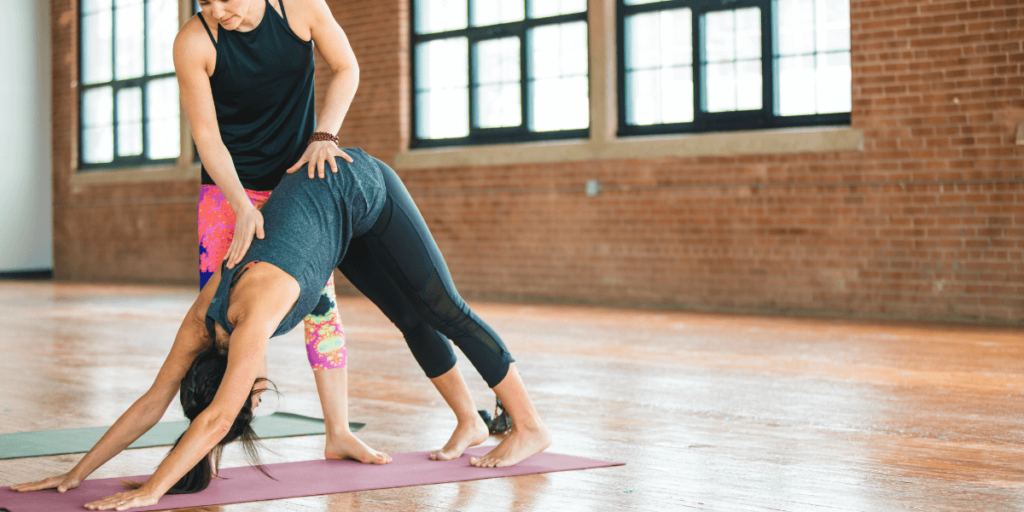
Downward-Facing Dog Pose (Adho Mukha Svanasana)
Downward Facing Dog is one of the most commonly practiced poses in a yoga class. The entire body is strengthened, toned, and energized in this stance! It’s also an inversion pose that strengthens the shoulders, arms, and legs while improving circulation to the brain, head, and neck.
Steps:
- Simply bend your knees and lower your butt to your heels while bringing your torso toward the floor over your knees in Downward-Facing Dog.
- Lower your head and shoulders to the ground.
- Place your arms at your sides, palms down, or fold your arms under your forehead to support your head.
- Take a deep breath and relax for as long as you need.
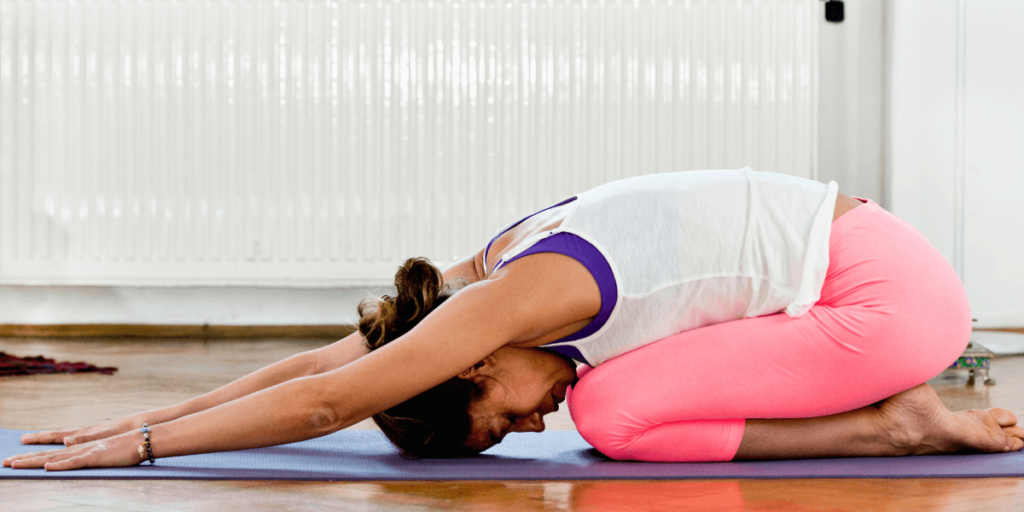
Child’s Pose ( Balasana)
One of the most healing yoga poses is Child’s Pose. It reconnects the breath with the body and delivers relaxing energy through all of the muscles. It also offers other advantages, such as massaging internal organs and expanding the lower back, hips, shins, and quadriceps. In conclusion, a child’s posture is an excellent technique to relax and unwind during your yoga practice.
Steps:
- Take a few deep breaths in Downward-Facing Dog. Release your knees to the floor on the exhale, draw your hips back to your heels, and place your forehead on the floor.
- You can either keep your arms stretched out in front of you or pull them close to your body, palms up.
- Adjust to your needs as this is a restorative pose. Then, make your knees a little wider if you want to.
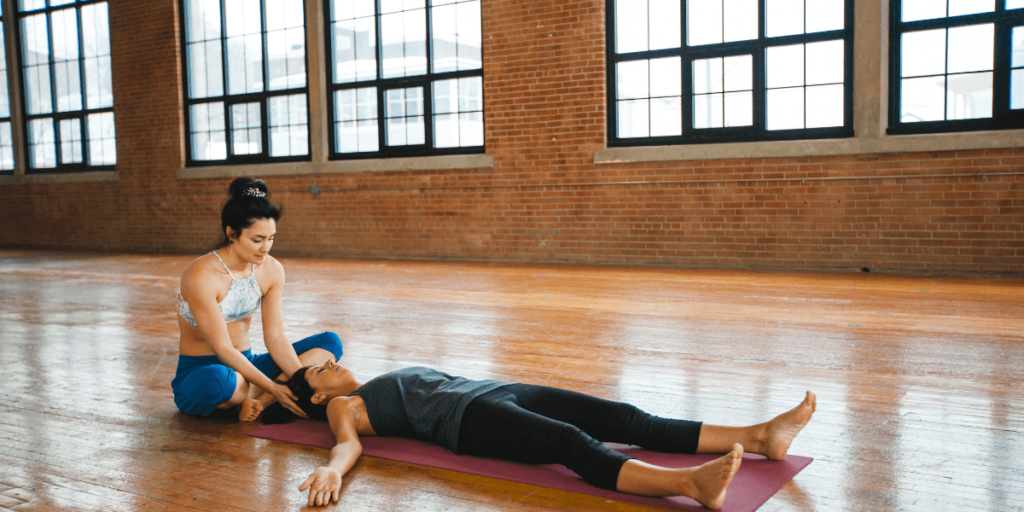
Corpse Pose (Shavasana)
The greatest yoga pose for learning how to relax is the corpse pose. It’s a great method to get a beginner’s class started with meditation.
Steps:
- Begin by standing in a mountain position.
- Exhale and take a four-foot stride back with your left foot, making sure the heels are aligned.
- Make your back foot perpendicular to your front foot by turning it 90 degrees.
- Raise your arms to shoulder height, parallel to the floor, right arm in front of you, and left arm behind you.
- Bend your front knee over your ankle and lower your hips until your front thigh is parallel to the floor.
- Look straight ahead, your eyes aligned with the front of your arm.
